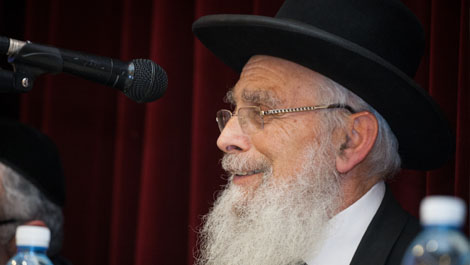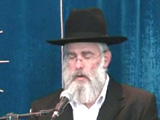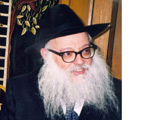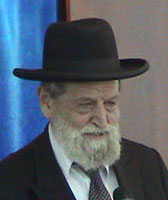Beit Midrash
- Sections
- Chemdat Yamim
- Parashat Hashavua
- Torah Portion and Tanach
- Bamidbar
- Balak
As is common for matters of great value that work in tandem, the two institutions have a symbiotic relationship in such a manner that one has trouble determining which is the main element and which is the minor one. Here too, it is hard to know which created which and which keeps the other one going. We would conclude with the following statement: both of them keep each other going and both of them give life to the other.
Only one who does not make material pleasures the core of his life and knows how to search for the grandeur of simplicity in his daily life will know how to preserve the proper awe for the holiness of the sanctum of Hashem. He knows when his feet tread on a holy location and that he should elevate himself for the special moments of pure prayers of the heart and service of the heart, where both the heart and the flesh rejoice.
On the other hand, holy places where Jews visit at the most precious moments in their lives have an influence and provide strength, belief, reliance, tranquility, and iron strength to bear the burdens. This is our wellspring.
If the tents of Israel are as beautiful as "cedars rooted near water" and "gardens by the riverside" (Bamidbar 24:6), then the river represents holy places like this [it is not known where Rav Yisraeli was speaking]; this is the wellspring of the water of life.

Parashat Hashavua: Nitzavim in the Parasha and by Yam Suf
Rabbi Yossef Carmel | Tishrei 5786

Present or Inheritance... or Both?
Various Rabbis | Tevet 5768

The Right Pace to Leave a Holy Place
Parashat Beha'alotcha
Rabbi Yossef Carmel | 16 Sivan 5764























